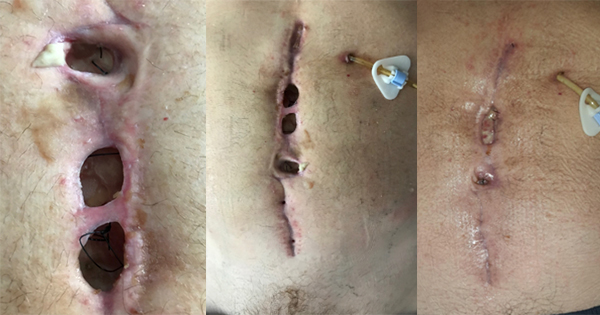Background: Patients with reduced mobility are at risk of pressure ulceration. Urinal or faecal incontinence increases the vulnerability of skin to damage and the European Pressure Ulcer Advisory Panel has identified that moisture lesions contribute to the development of pressure damage. In one UK district general hospital a sudden rise in the incidence of pressure ulcers coincided with an outbreak of infectious intestinal disease caused by Clostridium difficile and Norovirus.
Objectives: To determine if circumstantial evidence was present to link the rise in pressure ulcer incidence with the outbreaks of diarrhoea.
Methods: All patients who experienced pressure ulceration and diarrhoea in the period January to March 2006 were identified and their case notes were reviewed. The dates of the onset of diarrhoea and pressure ulceration on the buttocks and sacrum were compared and any relevant written notes by nurses or doctors were examined.
Conclusions: Twenty-three patients who had pressure ulcers also appeared as symptomatic cases on the diarrhoea outbreak lists. Fourteen cases were considered to demonstrate aetiological linkage to the presence of diarrhoea. Sufficient circumstantial evidence was demonstrated to persuade the healthcare trust to take action on the institution of skin care measures for all patients with incontinence.
Conflict of interest: None






